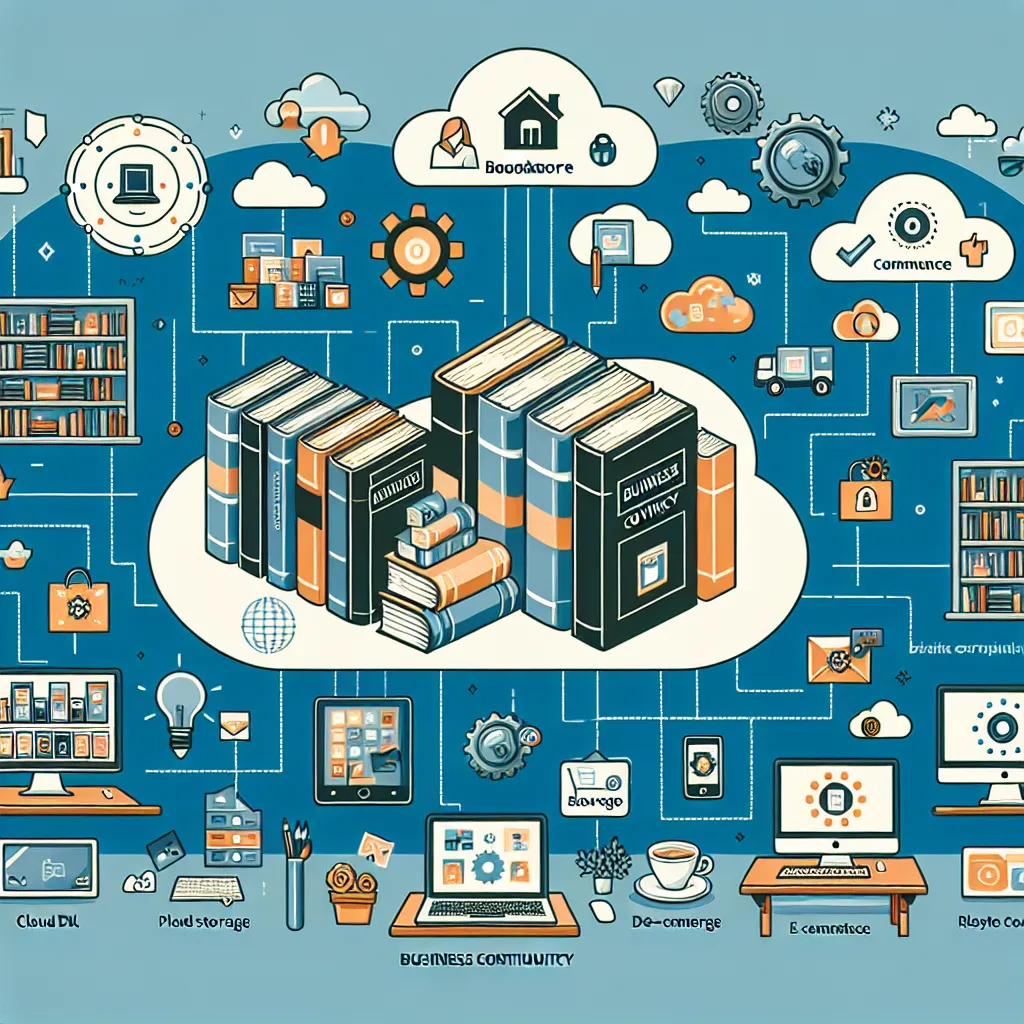Ask AI on The Internet
Question: How do you implement a new supply chain solution. Can you give me an example of one and the outcome?
Implementing a new supply chain solution involves a strategic, multi-step process that ensures smooth integration and alignment with business goals. Here’s a step-by-step process of implementing a new supply chain solution, along with an example and its outcome: **1. Assess Current Processes and Identify Needs:** - Map out the existing supply chain process. - Identify bottlenecks, inefficiencies, and opportunities for improvement. - Engage stakeholders to gather requirements and expectations. **2. Define Goals and Objectives:** - Set clear, measurable goals for what the new solution should achieve (e.g., reduced lead times, lower costs, improved accuracy). **3. Research and Select a Solution:** - Evaluate different supply chain solutions or software that align with the identified needs. - Consider factors such as functionality, scalability, cost, and vendor support. - Choose a solution that best fits your company’s requirements. **4. Develop an Implementation Plan:** - Create a detailed project plan with timelines, milestones, and responsibilities. - Allocate resources, including budget, personnel, and technology. **5. Test the Solution:** - Pilot the new solution in a controlled environment or with a specific segment of the supply chain. - Gather feedback and identify any issues or areas for improvement. **6. Train Staff and Stakeholders:** - Provide comprehensive training for all users of the new system. - Ensure that staff are comfortable and proficient with the new tools and processes. **7. Go Live and Monitor:** - Deploy the solution across the supply chain. - Closely monitor performance against established goals and metrics. - Address any issues that arise quickly to avoid disruption. **8. Continuous Improvement:** - Regularly review the performance of the new system. - Make adjustments and improvements as needed to optimize the supply chain continually. ### Example: Implementation of an Automated Inventory Management System **Situation:** A mid-sized retail company was experiencing challenges with inventory management, leading to frequent stockouts and overstock situations. The current manual system was inefficient, error-prone, and unable to keep up with demand fluctuations. **Solution:** The company decided to implement an automated inventory management system that uses real-time data and predictive analytics to optimize stock levels. They selected a cloud-based solution that integrated seamlessly with their existing ERP and POS systems. **Implementation:** 1. **Assessment and Goals:** - Identified key issues: stockouts, overstock, manual errors. - Goal: Reduce stockouts by 50%, decrease holding costs by 20%, and improve ordering accuracy. 2. **Solution Selection:** - Evaluated various inventory management software. - Chose a solution with real-time tracking, demand forecasting, and automatic reordering capabilities. 3. **Planning:** - Developed a phased implementation plan starting with a pilot in a few stores. - Allocated a budget and assigned a project manager. 4. **Testing:** - Piloted the system in three stores for six months. - Collected feedback and refined the system. 5. **Training:** - Conducted training sessions for store managers and inventory staff. - Provided user manuals and ongoing support. 6. **Go Live:** - Rolled out the system to all stores. - Monitored real-time data and addressed initial issues promptly. 7. **Outcome:** - Reduced stockouts by 60% and holding costs by 25%. - Improved ordering accuracy significantly, leading to better customer satisfaction. - Achieved a more efficient and responsive supply chain with data-driven decision-making. 8. **Continuous Improvement:** - Regularly reviewed system performance. - Implemented periodic system updates and additional training sessions. ### Conclusion The implementation of the automated inventory management system not only resolved the immediate issues of stockouts and overstock but also provided the company with a robust tool to anticipate future demand and optimize inventory levels dynamically. The outcome was a more efficient supply chain, lower costs, and enhanced customer satisfaction.
Think your answer is better than the AI's? Post it below.
Other Most Relevant Posts:
 Ask AI: Create a scenario and discuss and plan how you would utilize their assigned management function to address the scenario.
Ask AI: Create a scenario and discuss and plan how you would utilize their assigned management function to address the scenario.
 Revolutionizing HR Management with Human Resource Information Systems: A Closer Look at Efficiency and Implementation in Fast Food Restaurants
Revolutionizing HR Management with Human Resource Information Systems: A Closer Look at Efficiency and Implementation in Fast Food Restaurants
Question Tags
If you want your question answered by an AI, click here.





Post your own comment: